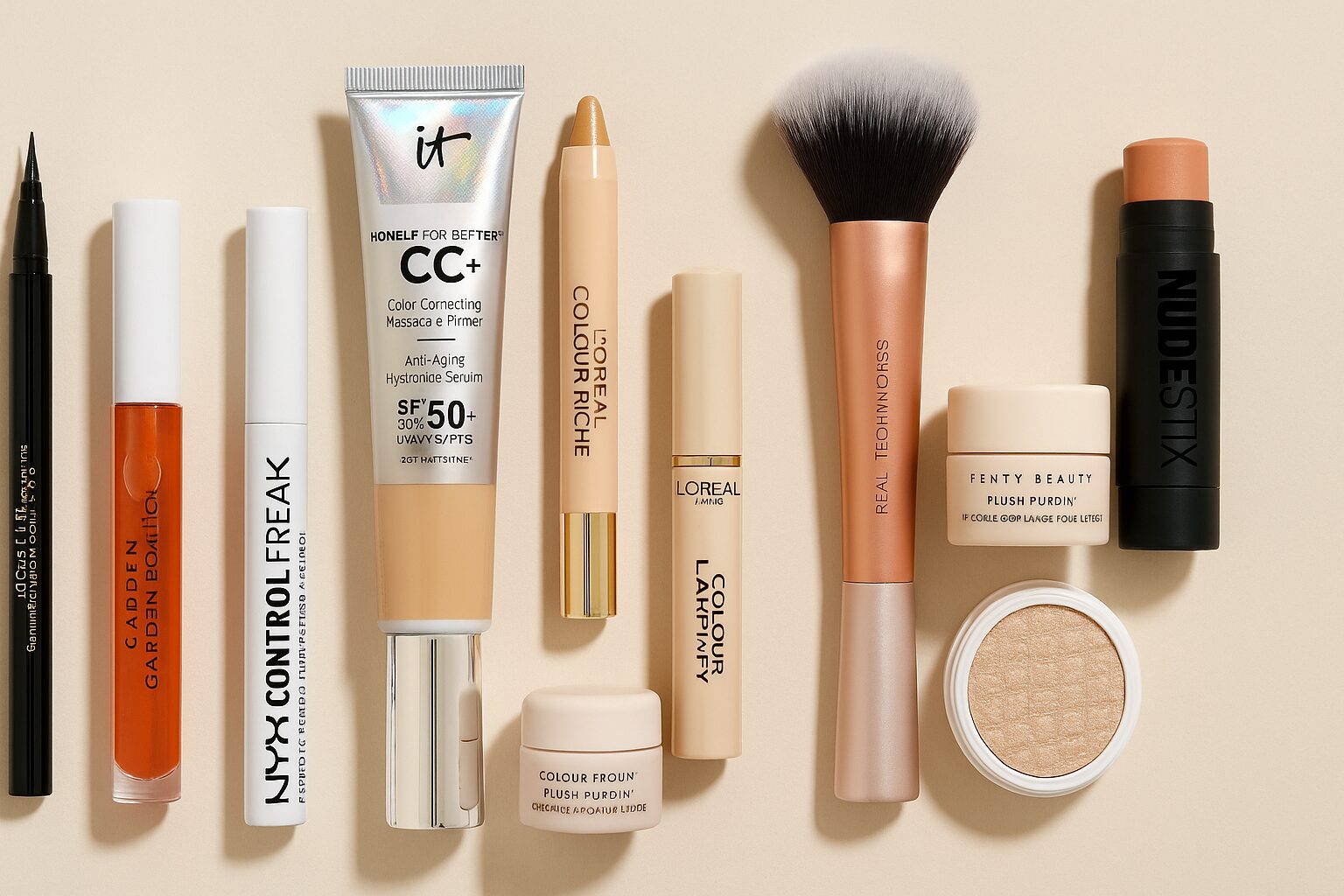In the dazzling world of beauty, my journey sprouted from the close confines of my computer screens, through the platform many of us know as YouTube. As a young tech-savvy millennial, I learned various beauty techniques, such as eyebrow shaping and the wielding of the mighty cut crease, from online beauty influencers. In the era when iPhones and TikTok were unborn, it was just me, my desktop computer, and my internet connection, religiously tracking steps from a warm, smoky eye tutorial.
However, the convenience of a local Sephora or drugstore, which most millennials in the United States come to expect, was a luxury I couldn’t enjoy. I hailed from Barbados, where the quest to find good makeup products was a challenge. As a teenager around 2010, there weren’t many makeup stores on the island. Besides a few drugstores and supermarkets housing makeup aisles, there was only one M.A.C counter in a department store, which was far from sufficient for the predominantly Black country where everyone was battling for the same, limited stock of shades suitable for brown skin tones.
The beauty game-changer came forth in the form of Fenty Beauty, which transformed availability. The customers who could buy its products abroad or had visiting family deliver them suddenly had access to more shades. Fenty’s entry corresponded with a decisive shift in the beauty landscape.
About seven years after Fenty Beauty took the stage, Rihanna, a master of many talents, has announced the arrival of her brand in the Caribbean. Come October 24, Fenty Beauty and Fenty Skin products were made available across nine different Caribbean territories, including Antigua, Aruba, the Bahamas, Bermuda, Cayman Islands, Trinidad and Tobago, Grenada, Sint Maarten, and Barbados, Rihanna’s homeland.
Rihanna’s beauty voyage started in the Caribbean islands. Her decision to bring Fenty Beauty and Fenty Skin back to her roots was a proud moment for her. In her words to Allure, “My first experiences with beauty happened with my mother here in the Caribbean, so to be able to bring Fenty Beauty and Fenty Skin to the beautiful people here is a full circle moment.”
Fenty’s breakthrough in the Caribbean can potentially allure other commercial giants in the land of islands, given that the Caribbean houses several global brands such as Hallmark, Starbucks, and Bulgari; however, investment in the beauty market still leaves room for desire.
One can argue that the Caribbean, consisting of over 30 countries and territories and inhabiting approximately 44 million people, doesn’t promise a massive consumer base. However, the measurements of the population size only portray half of the reality.
Caribbean consumers have always been enthusiastic participants in the beauty industry, despite major obstacles. Big brands often overlook the Caribbean market due to underestimation of our spending power. Yet, the truth is, Caribbean beauty aficionados have always shown creativity in procuring the latest launches, given the frequent unavailability of direct shipping to the Caribbean islands.
As it stands now, Caribbean citizens are more likely to buy their favorite products when they travel to areas where they are readily accessible because the absence of brick-and-mortar stores coupled with high shipping costs and import duties discourage direct purchases. However, this cycle ends up underrepresenting the actual purchases by Caribbean consumers and diminishes the incentives for brands to establish their presence here.
Furthermore, the scarcity of opportunities in the beauty and cosmetics market in the Caribbean restricts potential career paths in the booming billion-dollar beauty industry. The surging trends and evolving social space in beauty demand immediate responses. The inaccessibility of new products in the islands undermines the opportunities for many content creators, leading to financial implications.
However, it needs to be acknowledged that the Caribbean beauty retail market isn’t entirely barren. Well-established drugstore brands such as Maybelline and L’Oréal are easily accessible. There’s also a growing resell market, where people buy products overseas in bulk and sell them locally.
Shining a light on a broader spectrum of inclusivity in beauty, the concept of global and inclusive brands rings hollow when certain regions of the world are unable to try their products. “Inclusive” should mean catering to Black and brown people across the globe, not possessing a broader range of shades.
Rihanna, by bringing Fenty Beauty to the Caribbean islands, signifies more than a business move. It represents recognition and acknowledgment for individuals who would otherwise have been overlooked. With this initiative, we can hope for other brands to follow suit, reaching out not just to the Caribbean but to often-overlooked corners of the globe.




